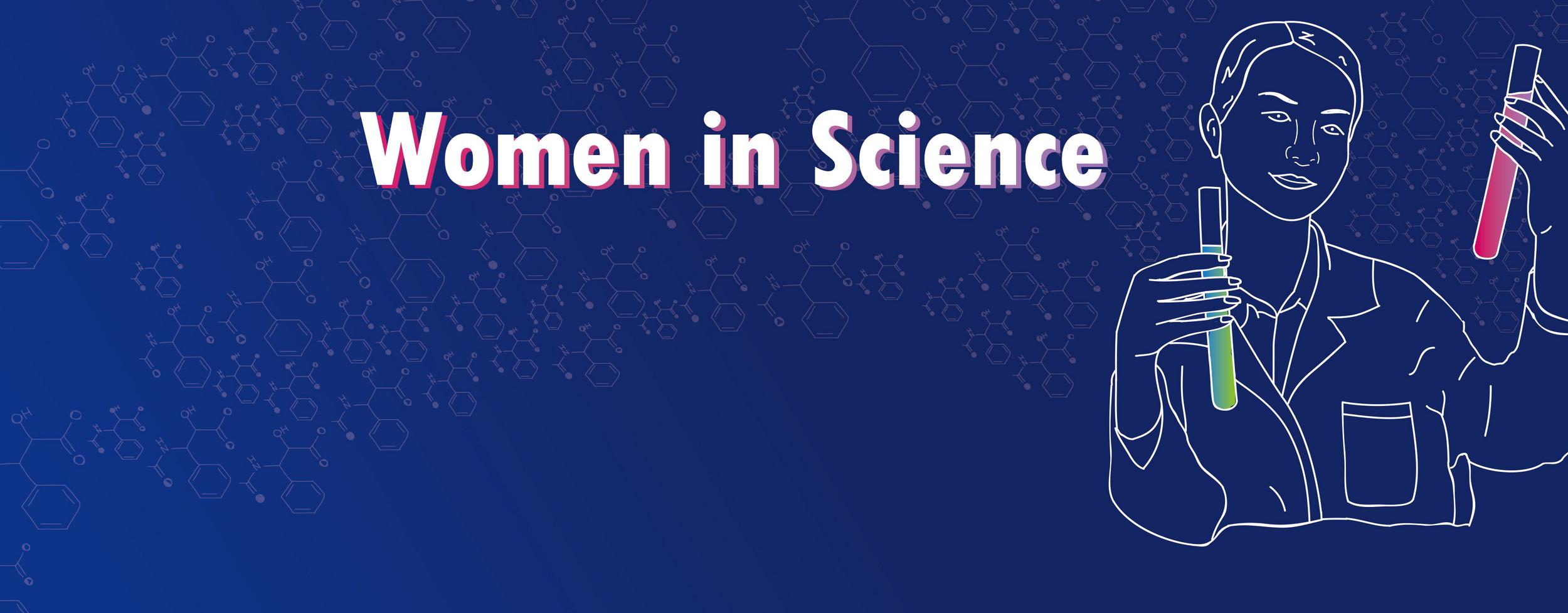
Women in Science: Beth Finamore
Beth Finamore had an inkling the sciences were in her future at an early age.
The New Jersey-born and raised Finamore played with math flash cards, which taught multiplication tables and such.
“I was getting them right and my sister wasn’t, even though she was three years older,” Finamore said. “I knew I was good at math.”
That path led her to study physics in college. She went on to become a product engineer for HORIBA Scientific’s Original Equipment Manufacturing division. The OEM division supplies optical components, including spectrometers and optical sensors to manufacturers, which incorporate the components into their own products. Its products include Mini Charge Coupled Device (CCD) and photodiode array (PDA) spectrometers, monochromators, spectrographs, imaging CCDs, detectors, and sources. Most of the time, the customers integrate components in larger systems, under the hood and hidden from view.
Growing up, Finamore’s family told her she was going to become an engineer. Not that engineering was a tradition in her family. It was just the remarkable math superiority she displayed.
Her interest in math morphed into an interest in science in high school. Finamore excelled at physics. She didn’t take the class until her junior year. But her physics teacher took notice of her skills.
“I used to be the one that would go around and collect everybody's lab, or help them with their lab after I completed mine,” she said. “I was like his teaching assistant there.”
When she considered college, Finamore knew she wanted to stay in New Jersey. She chose the New Jersey Institute of Technology, the state’s public polytechnic university in Newark. She was among a minority at the Institute of Technology, where women made up only 11 percent of the student body. It didn’t faze her.
Finamore studied applied physics and optical science engineering.
“I went towards optics because it was brand new at the time, and it was exciting,” she said. “It was better for me than say, nuclear engineering, which was nuclear physics, another option I could have taken. I was very close to becoming an electrical engineer, but decided to go more towards applied physics.”
Finamore favored the math in physics, where she wasn’t dealing with imaginary numbers at the institute. She preferred things she could visualize.
“I liked the math better. I liked partial differentials (equations). I know, it's weird.”
After graduation, Finamore began working in the optics field, doing single-mode fiber coupling. She worked with fiber coupled lasers. Her employer’s customers were research labs and telecom companies. It included the Jet Propulsion Laboratory in Pasadena, California and Lockheed Martin in Edison, New Jersey.
When Finamore came to HORIBA, her job expanded. Now she deals with a spectrum of wavelengths, diffracting it and examining how light reacts with matter. It’s up to the customer to determine what materials are being measured. It could be looking for luminescence in blood and semen samples in forensics using filters. Or a customer could measure the thickness of surfaces for semiconductors.
Despite the paucity of women in her college classrooms, Finamore said she never experienced any bias against women in science.
As for a young girl considering a career in the STEM (science, technology, engineering, and math) disciplines, Finamore offered some guidance.
“I would tell her to go where her heart is, do what she likes to do and to surround herself with it,” she said. “Try to surround yourself with like-minded people. It’s more about where your strengths and weaknesses are, and to go follow your strengths. Find out what you like, the stuff you're good at.”
Do you have any questions or requests? Use this form to contact our specialists.